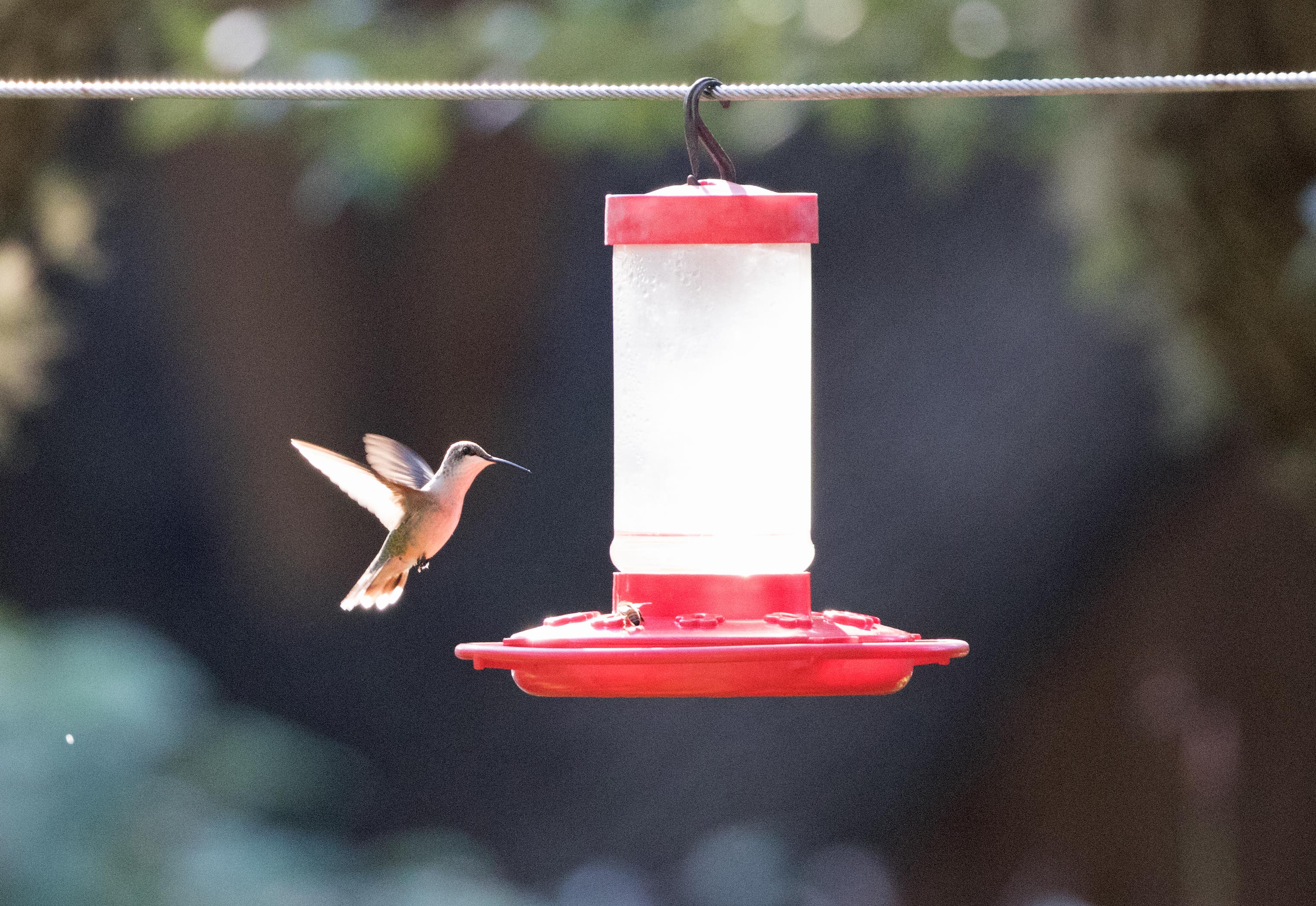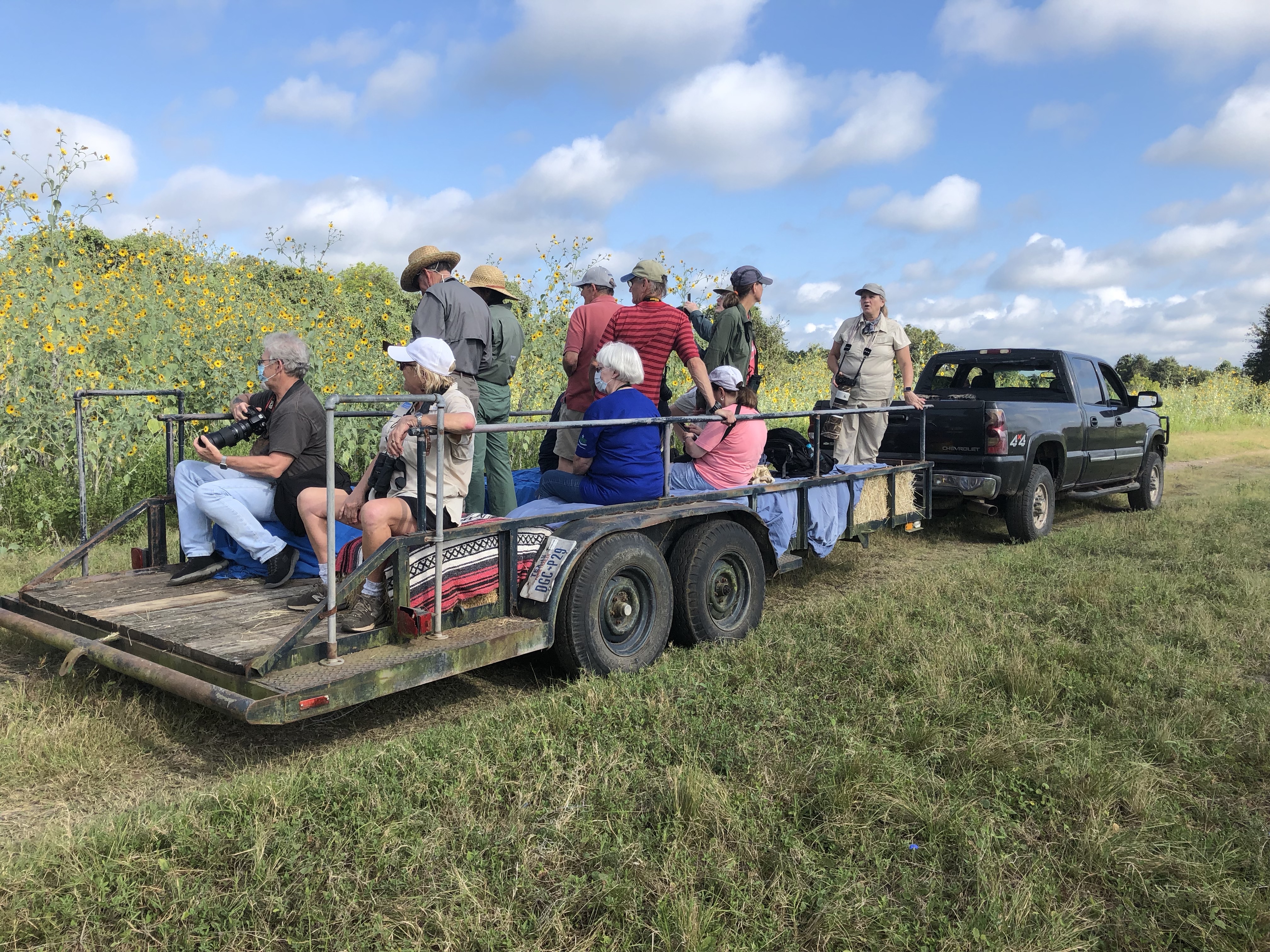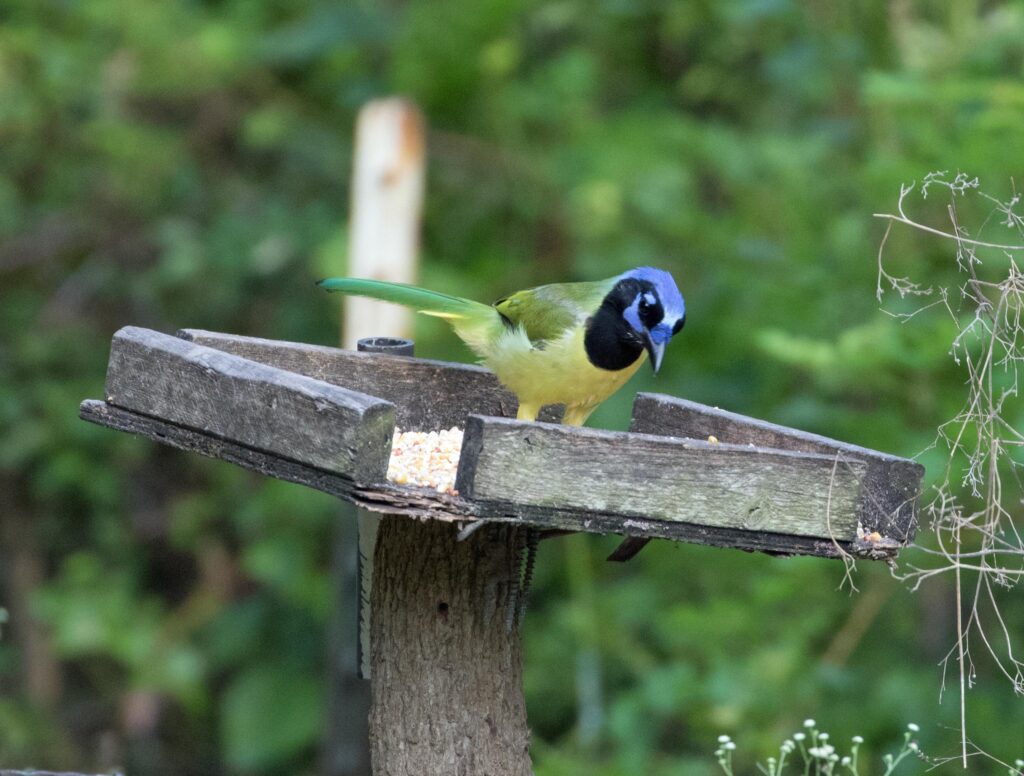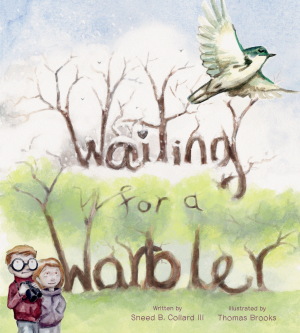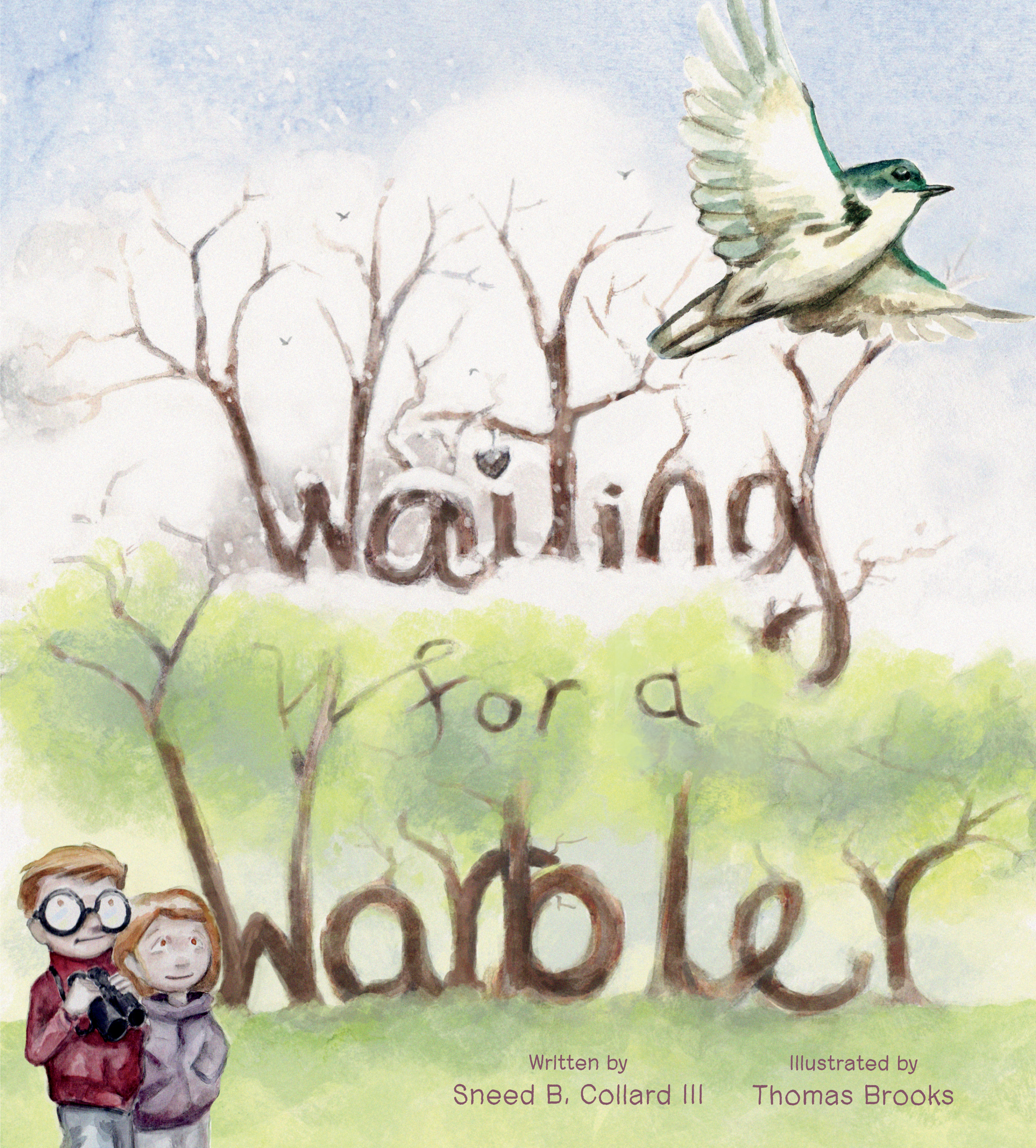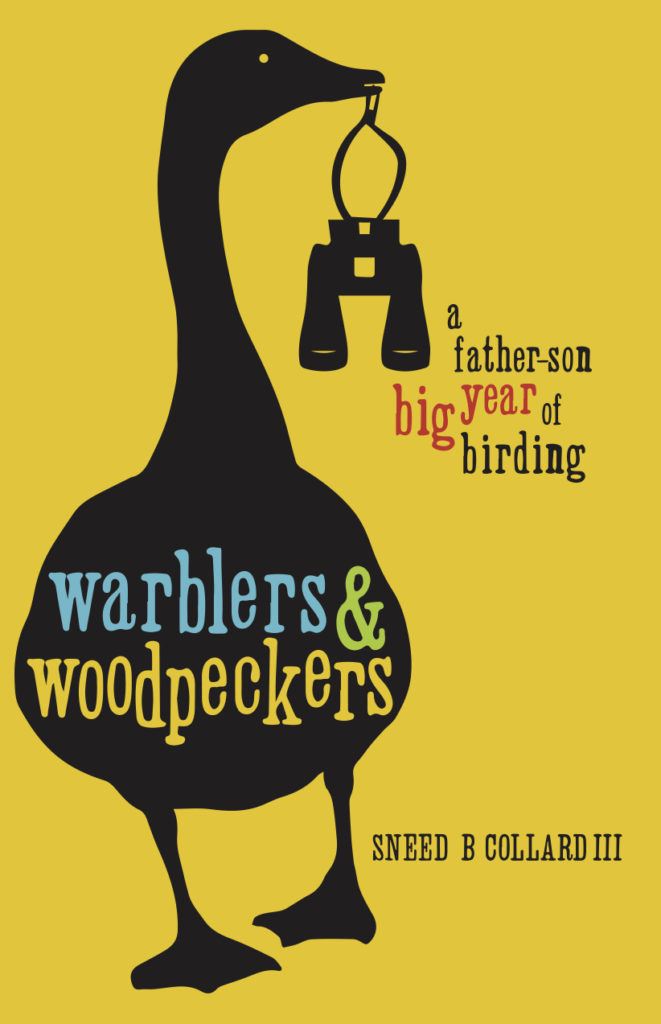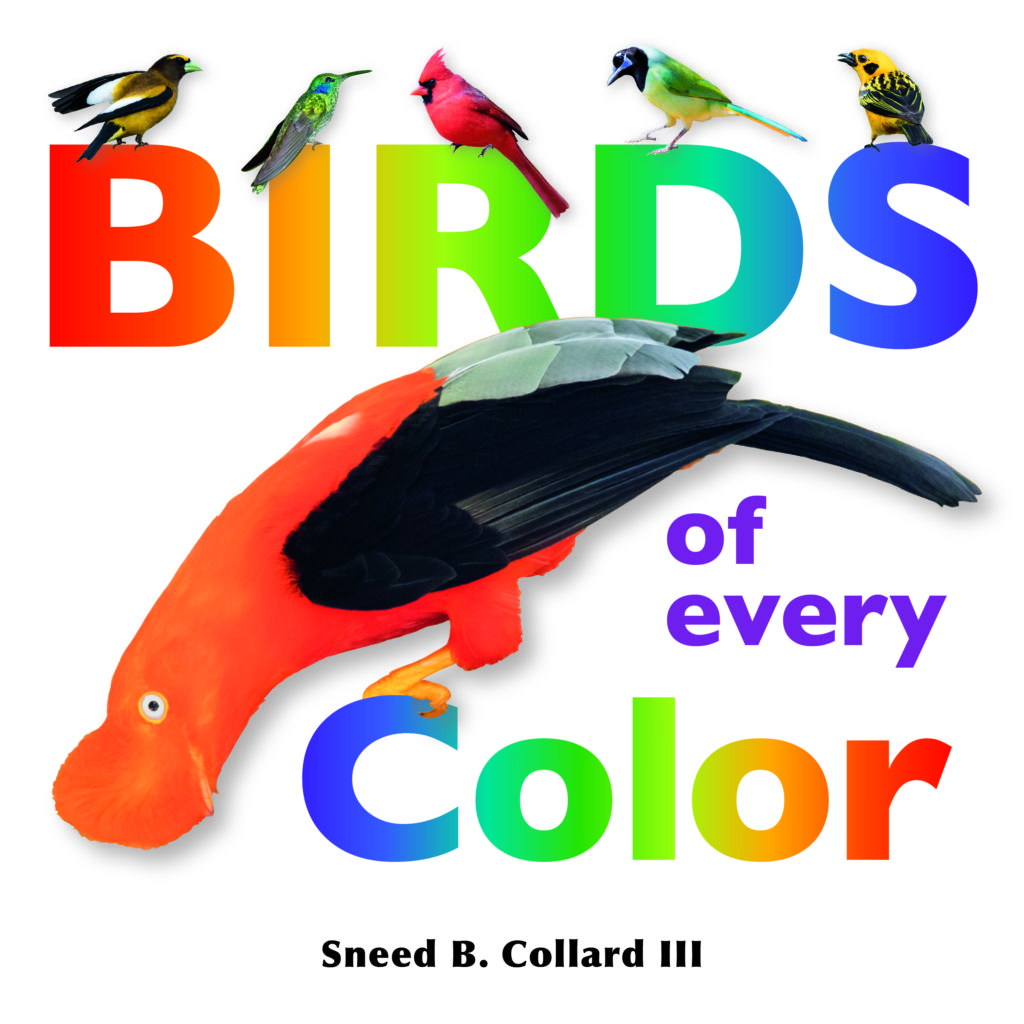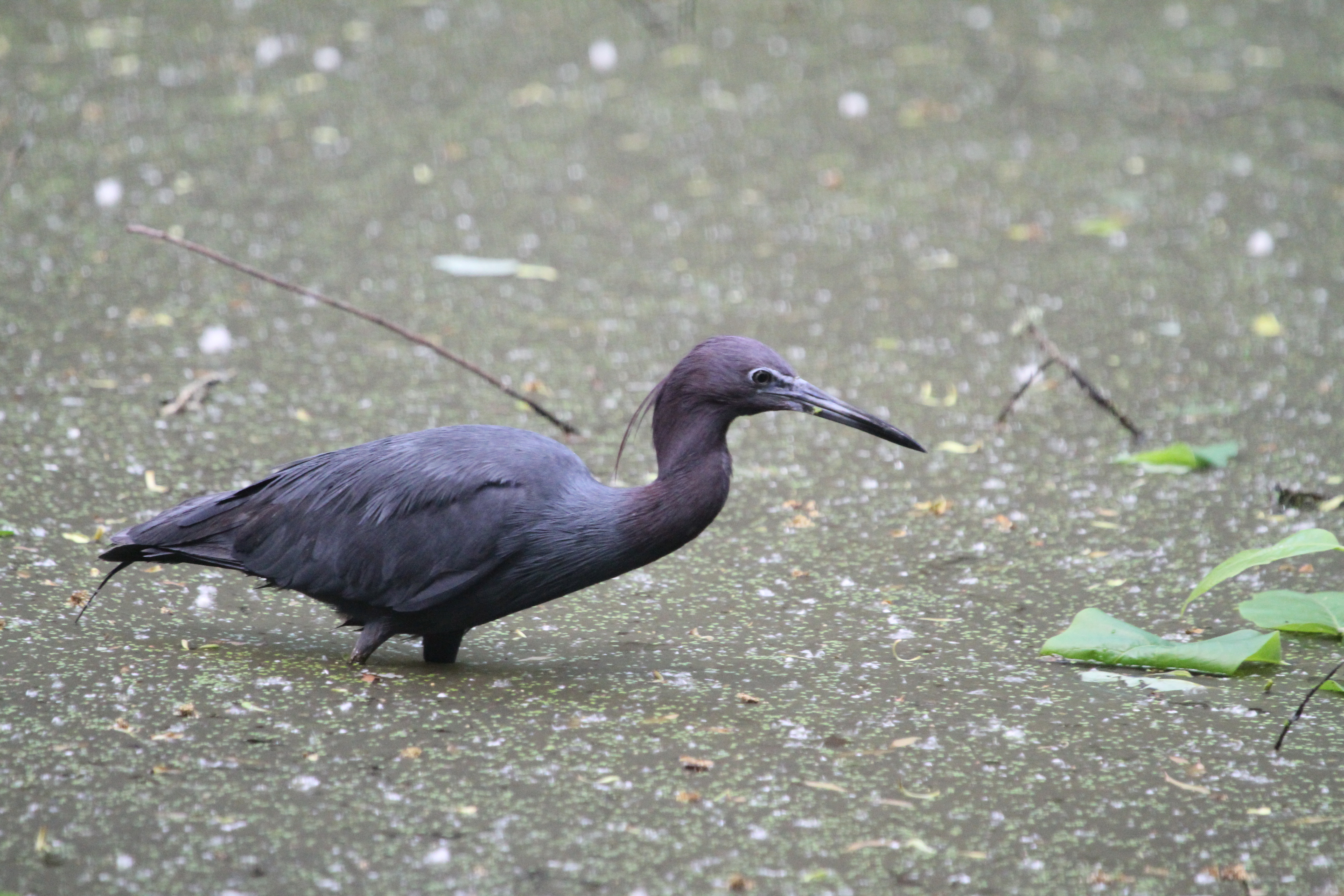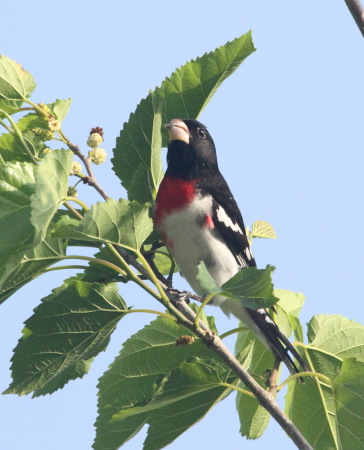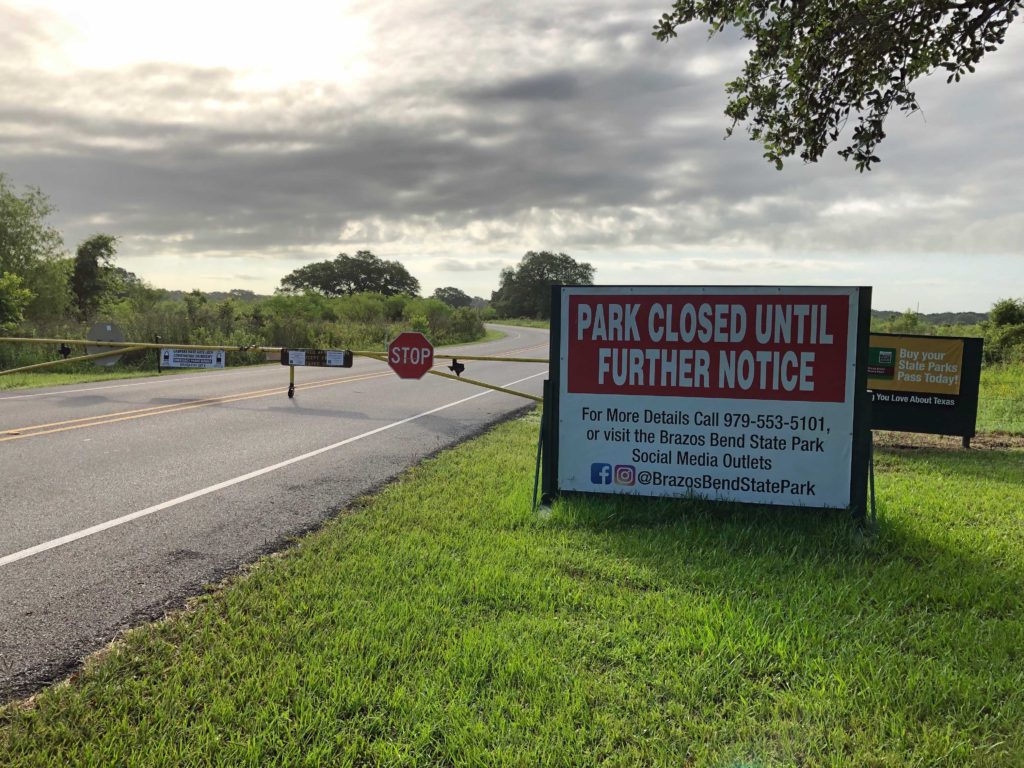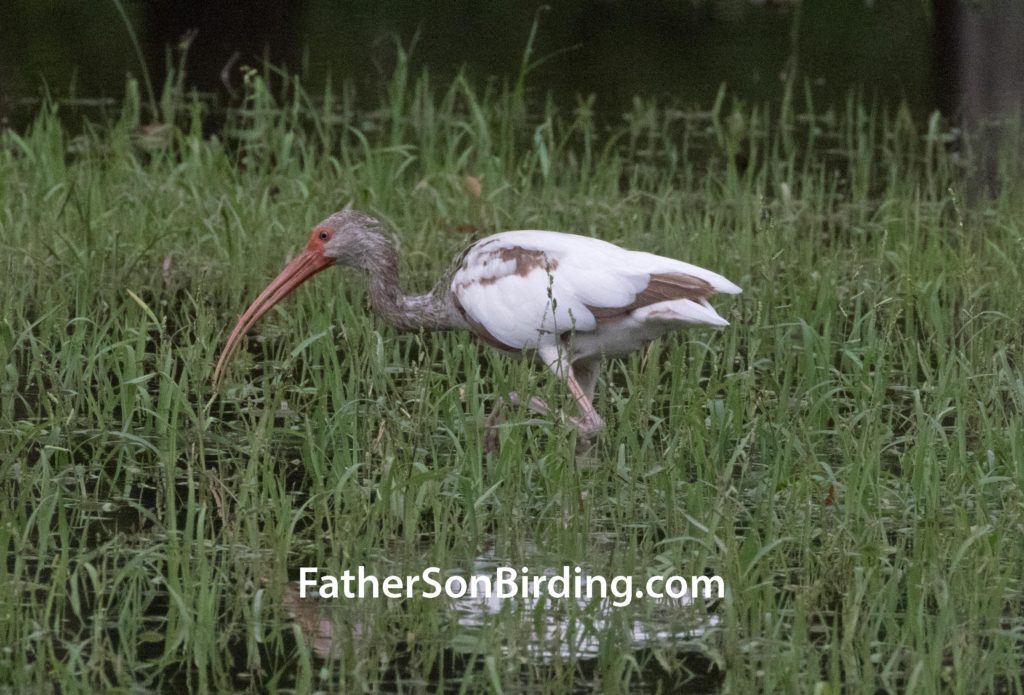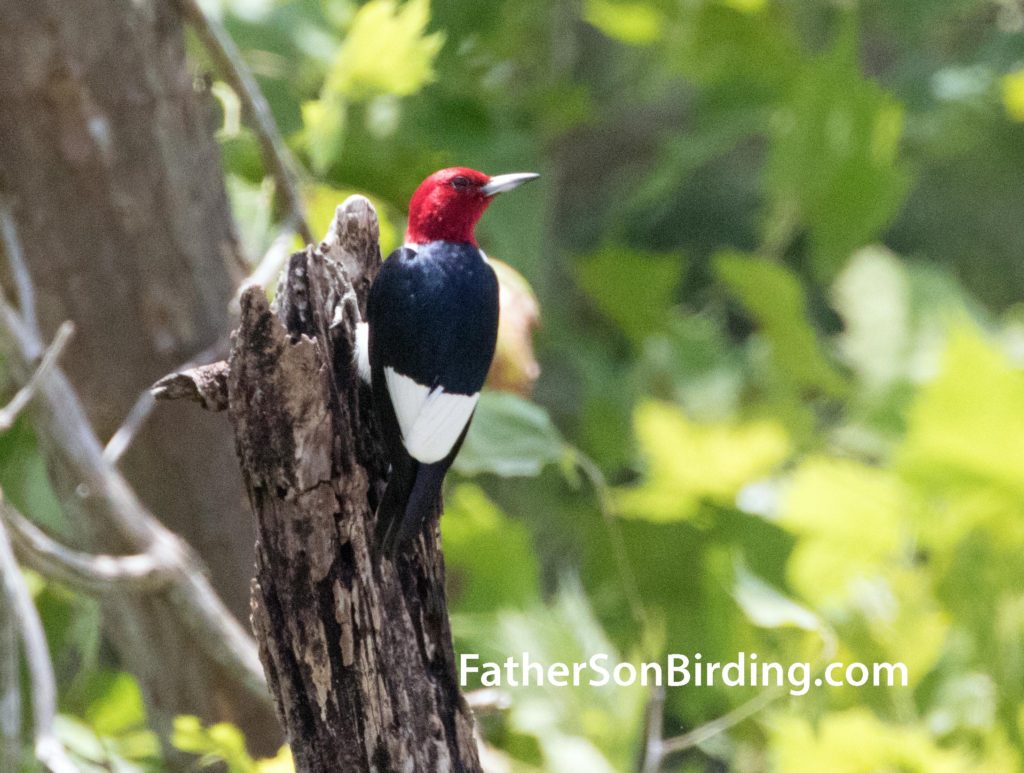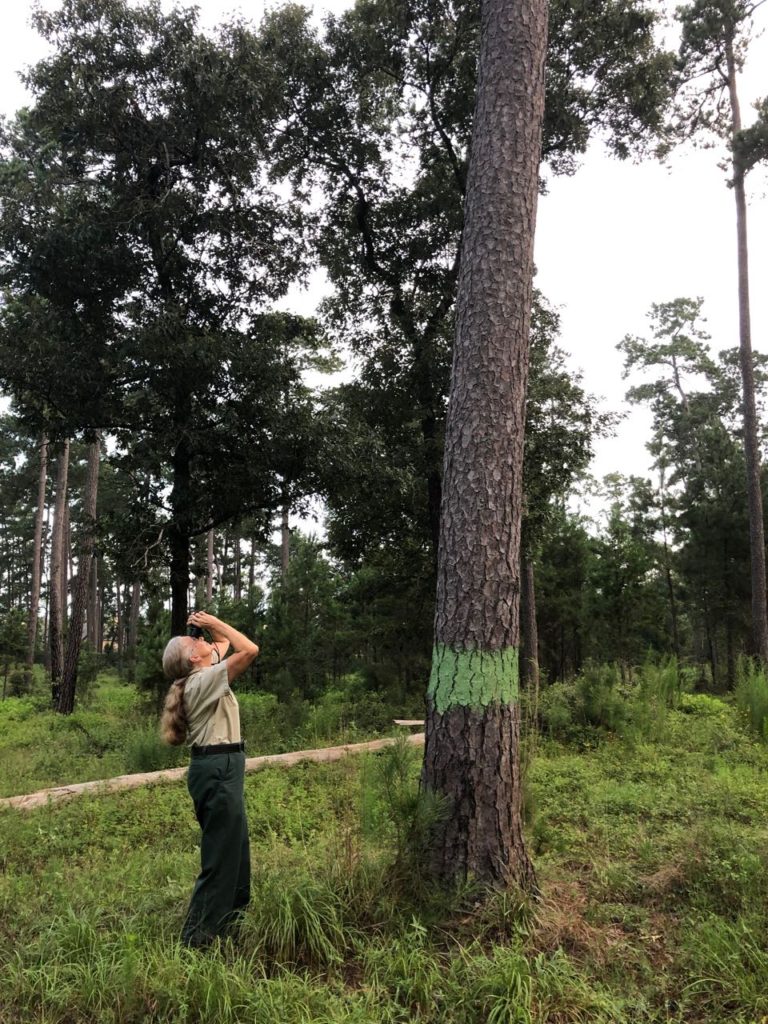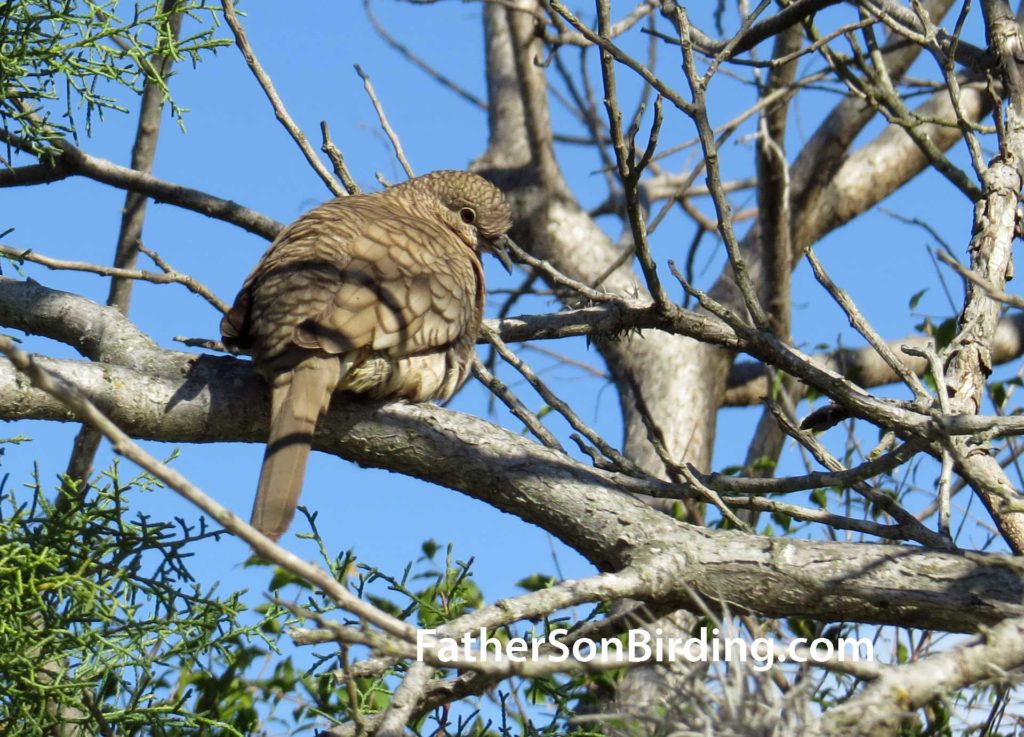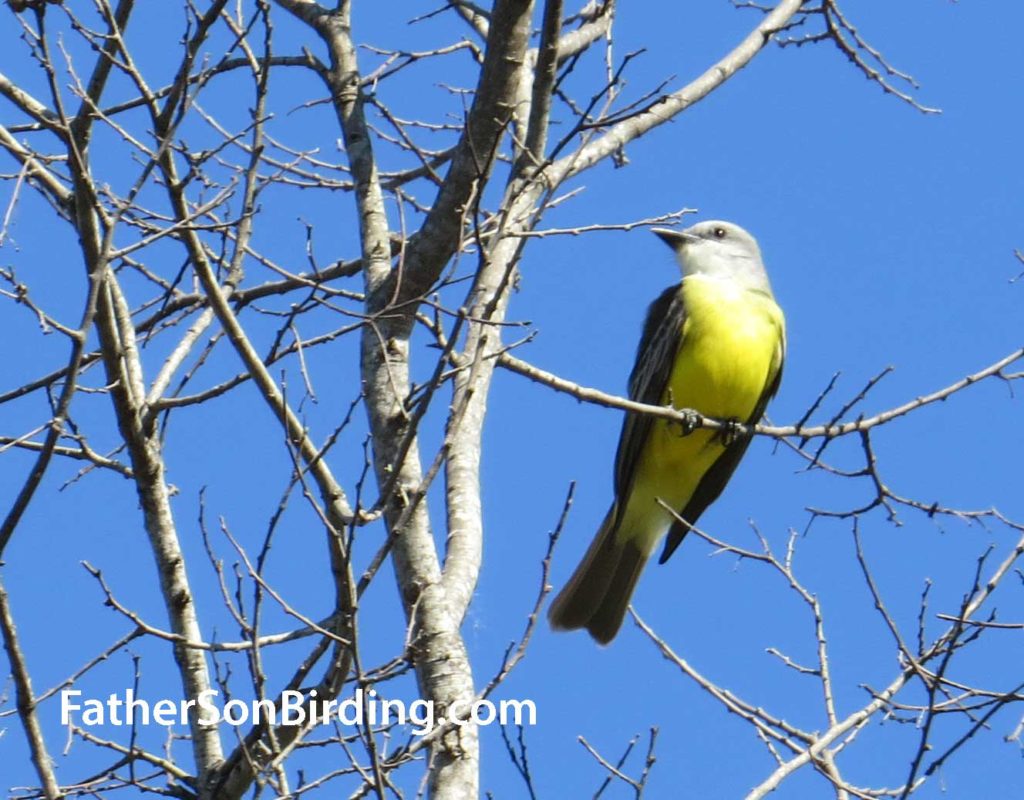Please share this post 🙂
In a remarkably fun coincidence, as Braden was immersing himself in Life Birds migrating through Maine, I happened to be observing migrating songbirds in Texas following my recent trip to the HummerBird Celebration in Fulton-Rockport. For the trip, I had a number of goals, including shorebirds and raptors, but seeing migrating warblers perched at the top of my list.
Departing Rockport after HummerBird, I immediately headed to what has become a second home for us while in Texas: Winnie. Winnie is not a lot to write home about, a small town dominated by fast food joints, gas stations, hotels, and donut shops. So why go? Simple. It is surrounded by incredible birding including High Island, the Bolivar Peninsula, Anahuac National Wildlife Refuge, and my first destination upon waking the next morning: Sabine Woods.
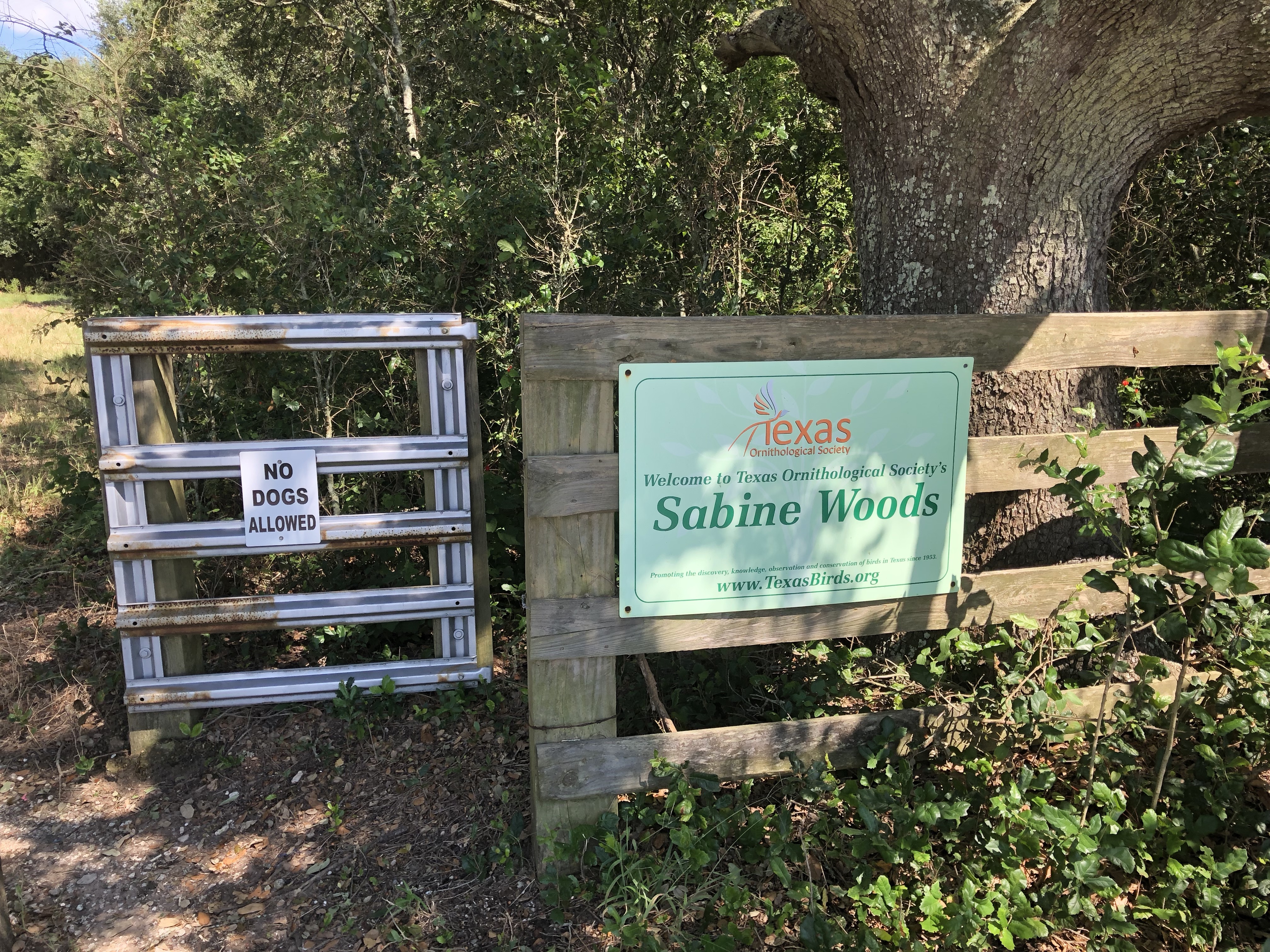
Birders usually flock to coastal Texas in April or May during the height of spring migration. This being fall, my expectations were tempered as I drove east to the vast petrochemical complex of Port Arthur and then south toward Sabine Woods, a tiny preserve owned by the Texas Ornithological Society. Only one other car was parked outside of the entrance and I soon met its owners, a nice birder couple from Austin. They, too, had just started birding, and while we chatted, we saw both Blue-gray Gnatcatchers and a Black-and-White Warbler, boosting my hopes for a productive morning.

Setting off on my own, the woods seemed quiet except for some Blue Jays calling and the scuffling of hundreds of toads hopping through the dead leaves. After about a hundred yards, however, I suddenly saw a flash of yellow land on a branch and raised my binoculars. Prothonotary Warbler! I smiled because this was the first eastern warbler Braden and I ever saw together during our Big Year back in 2016. As I continued to walk, however, the birds were few and far between. I ended up at a marshier area in the back of the preserve and through some hard birding managed to find a Common Yellowthroat and, with the help of Merlin’s Sound ID, an Acadian Flycatcher. It wasn’t until I ran into Howard Davis, a volunteer from Golden Triangle Audubon, that my luck really began to change. He showed me one of the three drips on the property and, sure enough, I discovered a trio of warblers there: Black-and-White, Wilson’s, and Northern Parula. Still, these were all birds I had seen several times before, and I wanted something new. Something unusual!
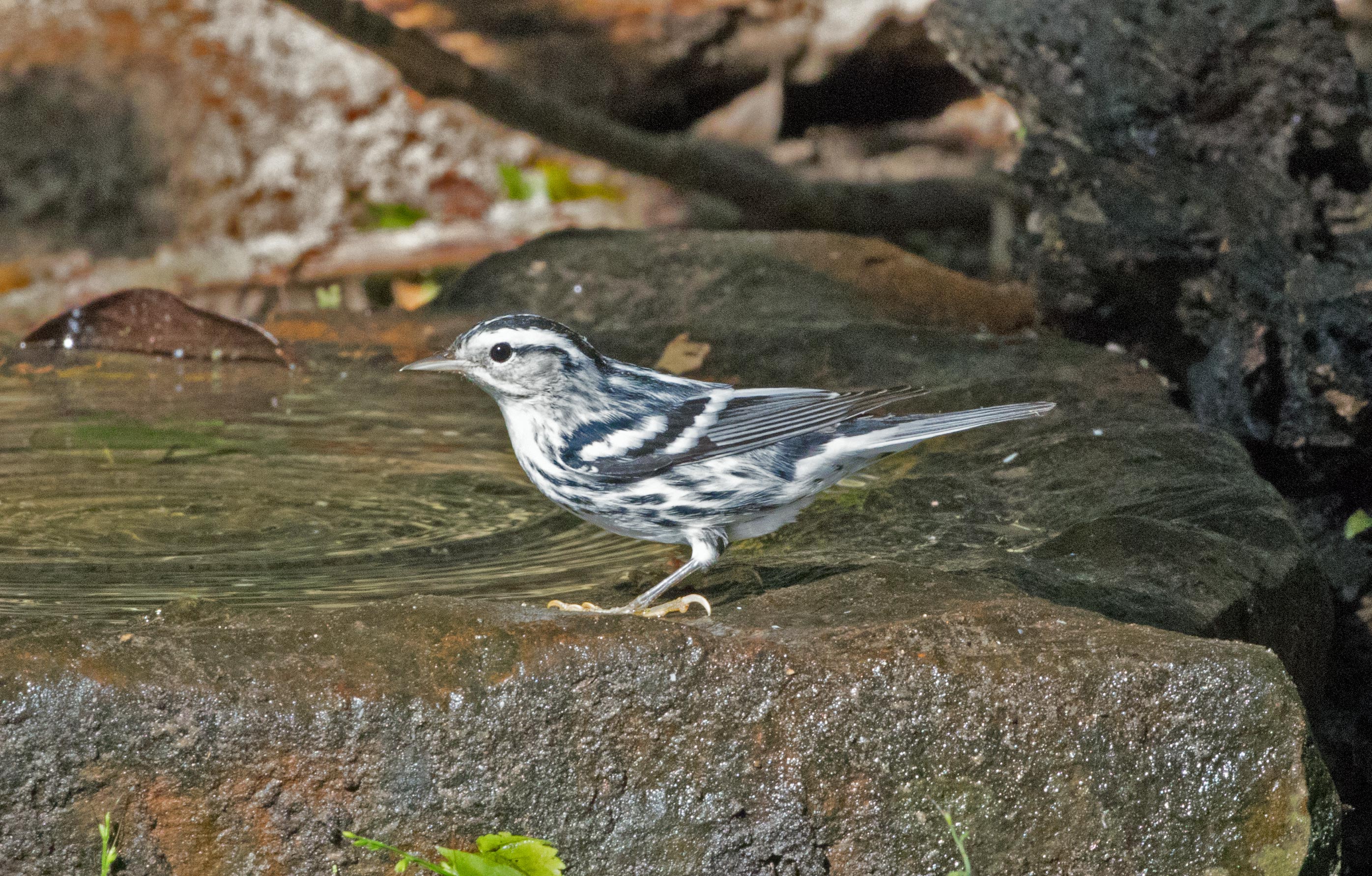
At another drip, Howard and a second birder pointed out the first great score of the day: my Lifer Painted Buntings! Sure, they happened to be females and/or juveniles, so I didn’t get to see the glorious breeding plumage of a male, but I was elated even as I headed off alone again, doubtful I’d see anything more. Then, near where I’d seen the Common Yellowthroat, I spotted another flash of yellow. I got my binoculars up just in time to focus on my first ever Canada Warbler—the thin necklace around the throat a giveaway for the ID! Walking farther, my luck continued as I got a great look at my first Hooded Warbler since 2016.
By this time I’d been birding hard for three-and-a-half hours, so I sat under a tree near the entrance to review my final eBird list and enjoy the Blue-gray Gnatcatchers that frequented the clearing. As I sat there, though, I spotted something large and gray in a nearby tree. At first I thought it might be a jay or dove. As I stared at its partially-concealed form, however, my previous study paid off and a bolt of recognition split my skull: Yellow-billed Cuckoo! It was a great way to wrap up an inspiring session. Braden and I had unsuccessfully searched for cuckoos many times in Montana and Texas without success. Suddenly, to have one appear right in front of me, well, I felt I had earned it!
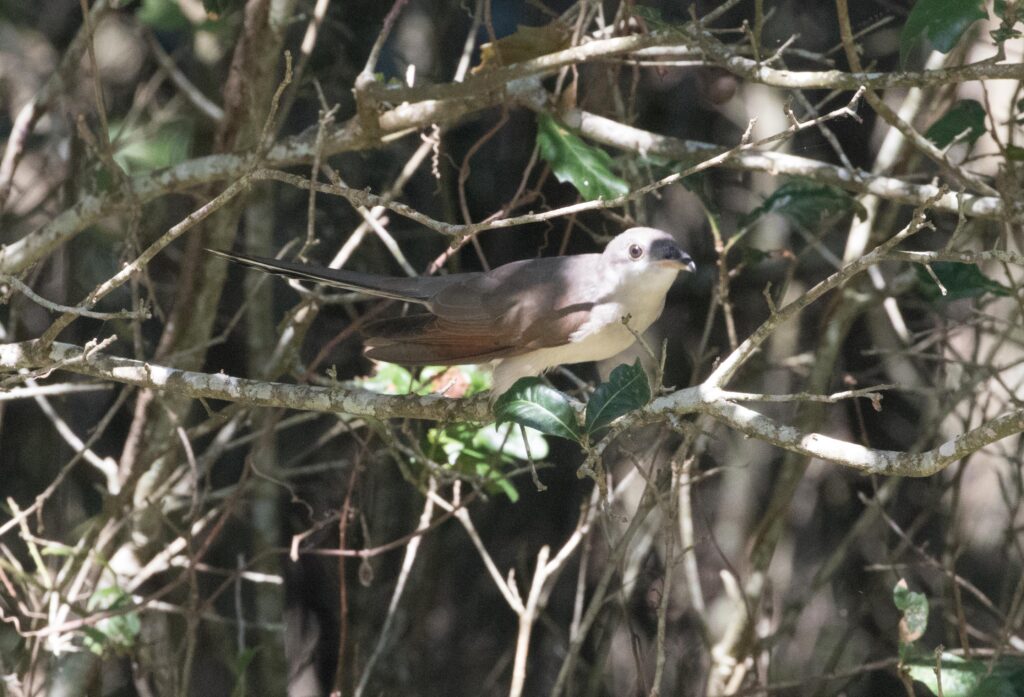
Note: Only days before my visit, a group of birders had counted twenty species of warblers in Sabine Woods. Such sightings and our own experiences are really changing Braden’s and my opinions of fall birding. While we used to pretty much write off the fall, it has now become one of our favorite birding seasons, whether in Maine, Texas, or Montana.

